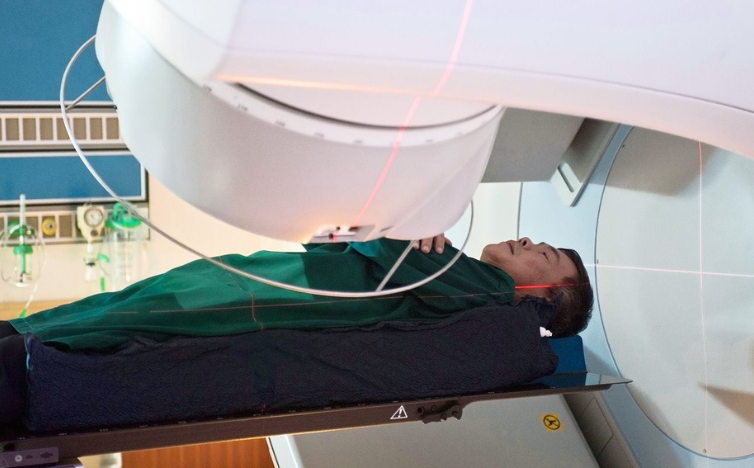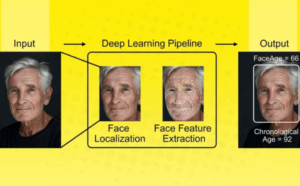Leeds Teaching Hospitals NHS Trust is working with Lucida Medical to try out a new AI tool called Prostate Intelligence (Pi). This tool uses artificial intelligence (AI) and machine learning to detect signs of prostate cancer from MRI scans.
The goal is to make diagnosing prostate cancer faster and to simplify the treatment process for patients.
Faster Diagnosis for Prostate Cancer
Prostate cancer is the most common cancer in men in the UK, with 1 in 8 men diagnosed at some point in their life. The current process to confirm prostate cancer can take a long time and involves several tests and MRI scans.
MRI scans are important for finding cancerous areas and guiding biopsies. But waiting times for biopsies can be 2 to 3 weeks. The hospital hopes that this AI tool will cut down the waiting time and help doctors diagnose prostate cancer faster and more accurately.
How the Pi Tool Works
The Prostate Intelligence (Pi) tool, created by Lucida Medical, uses AI to spot cancer in MRI images. The tool has been trained with MRI data from patients in the UK and the Netherlands to recognize possible prostate cancer.
It also gives doctors risk scores and measures prostate size, which helps them decide on biopsies and treatment plans.
The AI tool analyzes MRI scans right after they are done, giving radiologists instant results and showing any areas that need attention. This can help doctors quickly focus on urgent cases and review more scans in a day.
Cutting Waiting Times
The main goal is to shorten the waiting time for a biopsy from 2 to 3 weeks to less than 1 week.
To see if the Pi tool works well, the hospital will compare the AI results with real outcomes from 100 patients who recently completed prostate cancer tests.
The pilot project will collect data from past patients, and a future study will begin in autumn 2024. This research will check if the AI tool can reliably detect prostate cancer and improve the diagnostic process.
If successful, the Pi tool could change how prostate cancer is diagnosed, leading to faster and more accurate results, shorter waiting times, and better care for patients.
Source: openaccessgovernment




